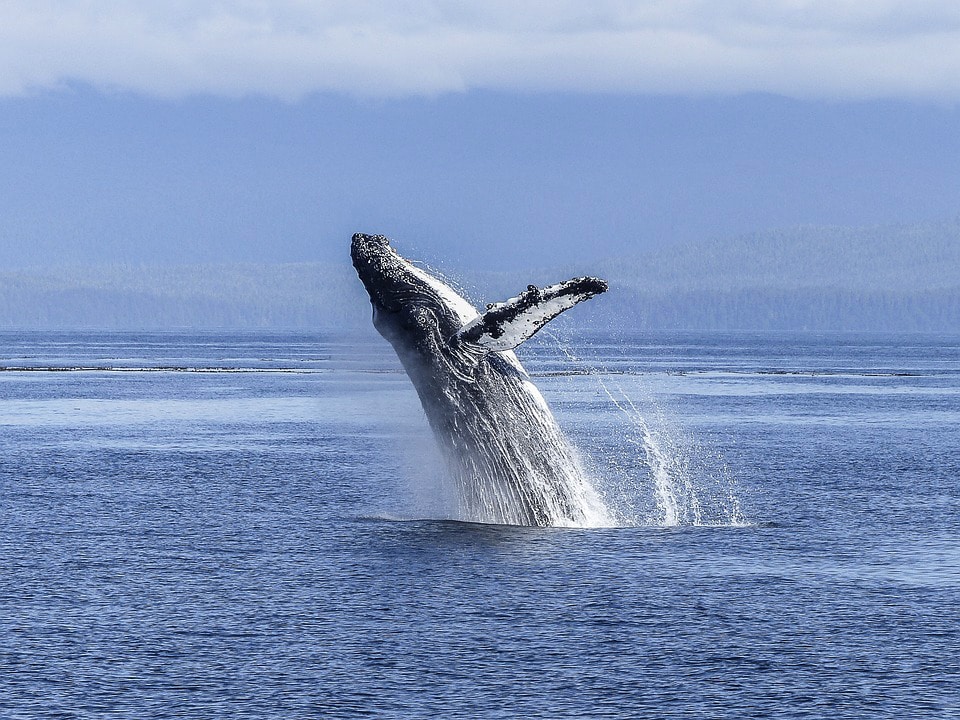After lengthy talks that begun in 2004, 193 UN member states agreed on March 4 a legally-binding UN treaty to protect the high seas and marine biodiversity and ensure sustainable use.
Welcoming this breakthrough, UN Secretary-General António Guterres said “This action is a victory…for global efforts to counter the destructive trends facing ocean health, now and for generations to come.” He added “the treaty is crucial for addressing the triple planetary crisis of climate change, biodiversity loss and pollution” and noted that it builds on the legacy of the UN Convention on the Law of the Sea (UNCLOS).
This is considered to be the most important international environmental deal since the 2015 Paris Agreement to address climate change.
The agreement on ‘Marine Biodiversity of Areas Beyond National Jurisdiction’ (BBNJ), referred to as the ‘High Seas Treaty’, provides a legal framework designating 30 per cent of the world’s oceans as protected areas, ensuring financial support of marine conservation, and covering access to and use of marine genetic resources, and aims to achieve this by 2030. BBNJ also requires countries to conduct environmental impact assessments of proposed activities on the high seas.
The ‘high seas’ begin at the border of countries’ exclusive economic zones, considered to be international waters, and comprise more than 60 per cent of the world’s oceans. BBNJ enables the creation of marine protected areas (MPAs), that will no longer be threatened by climate change, pollution and overfishing, and will thus provide protection to endangered marine species.
The treaty will put limits on how much fishing can take place in the MPAs, on shipping lanes and deep-sea mining. Any future activity in these areas will be subject to strict environmental regulations and oversight to ensure that they are carried out sustainably and responsibly.
The importance of this treaty becomes more evident when one considers that ocean ecosystems produce half the world’s oxygen, represent 95 per cent of the earth’s biosphere and are major absorbers of carbon dioxide, as the world’s largest carbon sink.
One of the stumbling blocks was on the sharing of marine genetic resources – biological material from plants and animals in the ocean that can have benefits for society, such as pharmaceuticals, industrial processes and food. The treaty ensures that any benefits will be shared fairly and equitably through a specially set up fund.
It is estimated that 11 million square kilometres of ocean needs to be put under protection every year by 2030 to meet the target.
The treaty will establish a ‘conference of the parties’ that will meet periodically and enable member states to be held to account on governance and biodiversity issues.
The EU played a key role in this and welcomed BBNJ as a “historic moment”. It now plans to introduce legislation to provide legal protection for 30 per cent of land and sea in Europe. In order to build trust between rich and poor countries, the EU pledged €40 million to facilitate the ratification and early implementation of the treaty.
The key driver behind this success was the ‘High Ambition Coalition’, that included the EU, UK, US and China, demonstrating the benefits of multilateral cooperation.
Countries must now formally ratify the treaty in order to bring it into force. In many countries this may require legislative approval. Rapid implementation is important to safeguard high seas sustainability and biodiversity.
Dr Charles Ellinas is a senior fellow at the Global Energy Centre of the Atlantic Council and a visitor research fellow, IENE @CharlesEllinas







Click here to change your cookie preferences